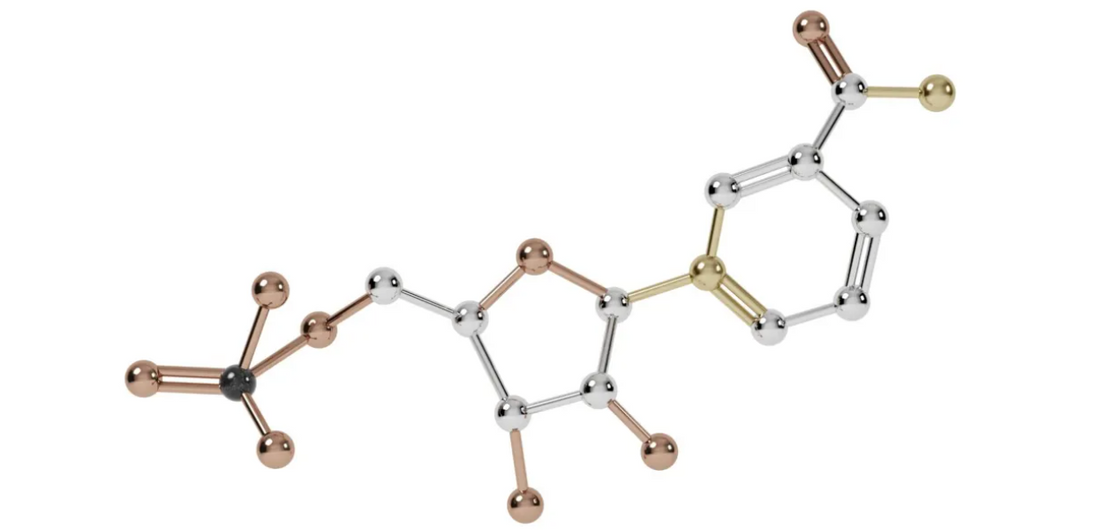
NMN
Is "The Curious Case of Benjamin Button" Becoming Reality?
The Anti-Aging Potential of NMN Supplements
At the end of World War I in 1918, a baby was born in New Orleans with the appearance of an 80-year-old man. His name was Benjamin Button. Abandoned by his parents and raised in a nursing home, Benjamin soon discovered something strange: he was growing younger with time.
This is the fictional premise of the fantasy-romance film The Curious Case of Benjamin Button. While the idea of becoming younger over time is clearly fantastical today, scientists believe that such a concept may not remain fiction forever.
Researchers from the United States and Australia are now developing compounds that could dramatically extend human lifespan — and among them, one supplement in particular has caught the world’s attention: NMN (Nicotinamide Mononucleotide).
NMN and the Repair of Damaged DNA
A joint research team from Harvard University and the University of New South Wales is leading the study of NMN. Dr. David Sinclair, a professor of genetics at Harvard and co-director of the Paul F. Glenn Center for Biology of Aging Research, has become well-known for his groundbreaking work in this field.
Although research into NMN gained traction around 2016, it is only in recent years that its remarkable potential has come to light. According to Dr. Sinclair, NMN appears to have the ability to repair damaged DNA, potentially restoring damaged organs and even helping patients regain lost physical abilities.
In an interview, Sinclair revealed that he has personally been taking NMN and monitoring the results on his own body. “Based on the tests, my biological age is now 24 years younger,” he stated. He even began administering the treatment to his family members.
His 79-year-old father, after about a year of NMN supplementation, became more active than he had been in decades — traveling, rafting, and enjoying life again. Remarkably, Sinclair also reported that his sister-in-law, who had entered menopause in her 40s, resumed menstruation after taking the supplement.
Despite the excitement, Sinclair emphasized the need for caution: “My family consented to these tests, but proper clinical trials must be conducted. No one should take NMN casually before its safety is fully proven.”
How NMN Works: Boosting NAD Levels
So what’s the secret behind NMN’s rejuvenating power?
The answer lies in its ability to convert into NAD⁺ (Nicotinamide Adenine Dinucleotide) once inside the body. NAD⁺ is a critical coenzyme that plays a key role in cellular energy production and DNA repair.
As we age, our natural levels of NAD⁺ decline across various organs. Supplementing with NMN helps replenish NAD⁺, which in turn helps to slow down aging processes.
Even before Sinclair’s team, scientists from Washington University in St. Louis and Keio University in Japan had already begun exploring NMN’s effects. Their studies on lab mice produced astonishing results:
- In one study, female mice treated with NMN showed a 16% increase in lifespan.
- In another, diabetic mice who received NMN for just one week experienced stabilized blood sugar levels.
- Most remarkably, 22-month-old mice (equivalent to a 60-year-old human) showed cellular traits similar to those of 6-month-old mice (roughly a 20-year-old human) after one week of treatment.
Dr. Shinichiro Imai, a professor at Washington University and co-lead of the study, explained, “These results show the strong relationship between NMN and NAD. A lack of NAD due to aging may lead to diseases like diabetes, Alzheimer’s, and neurodegenerative conditions.”
He added that the decline in mitochondrial function — the “powerhouse” of our cells — is also linked to reduced NAD⁺ levels, according to additional research.
Looking Ahead: From Supplements to Skincare
With such promising results, researchers anticipate that NMN could soon be developed into targeted treatments for age-related diseases, nutritional supplements for longevity, and even anti-aging skincare products.
While it’s too early to declare NMN a miracle cure, its potential is capturing global attention — and may, one day, blur the lines between science fiction and reality.
